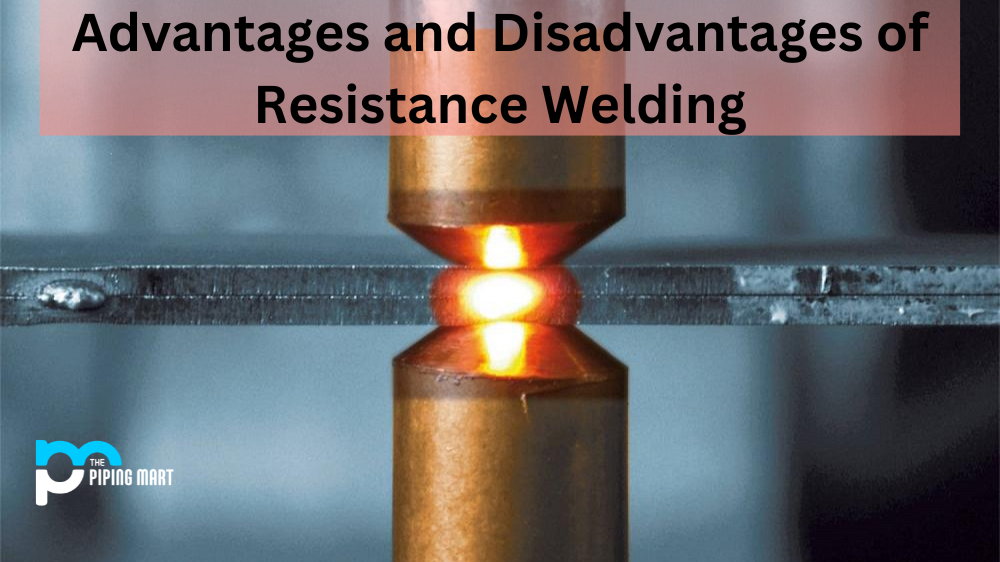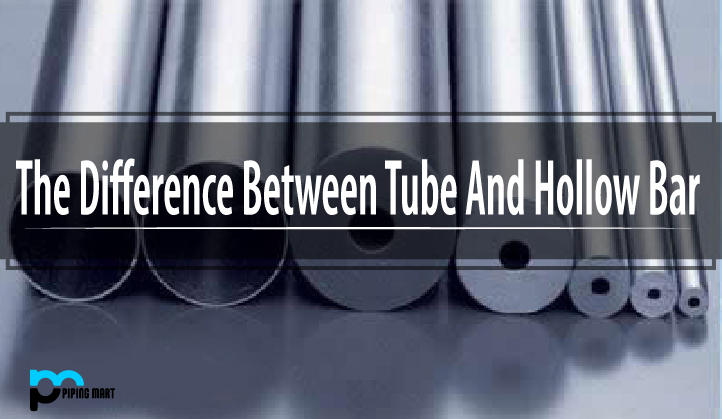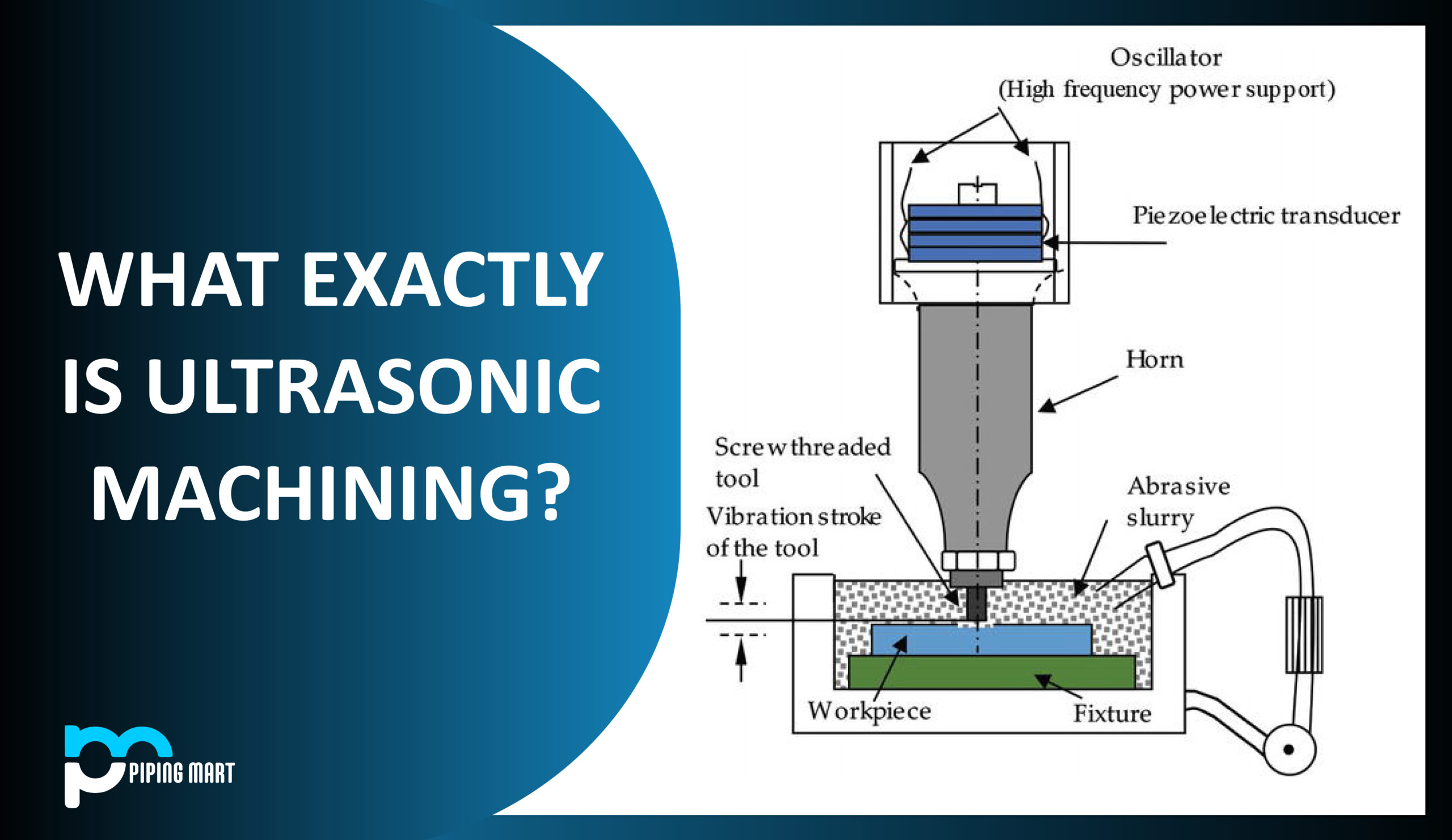When it comes to welding, there are many different techniques that can be used. One popular method is resistance welding, which is a type of welding where two similar metals are fused together by applying pressure and electricity. While resistance welding has its advantages, it also has some drawbacks that you should consider when deciding which type of welding process to use for your project. Let’s take a look at the pros and cons of resistance welding.
Advantages of Resistance Welding
One of the main benefits of using resistance welding is that it is fast, efficient, and cost-effective compared to other types of welding processes. This makes it ideal for large-scale production projects since it can join multiple pieces in less time than other methods. Additionally, because the heat generated during this process is localized, there is less risk of damaging or warping nearby components or materials. Finally, resistance welding produces strong welds that are often more reliable than those created with other methods.
Faster than Other Methods
Resistance welding is faster than other methods of welding, such as arc welding. This is because resistance welding uses electrical current to heat the metal, which means that the metal can be heated to its melting point very quickly. This makes resistance welding ideal for mass production, as it can weld large numbers of parts in a short period of time.
Stronger Joints
Another advantage of resistance welding is that it produces stronger joints than other methods of welding. This is because the heat from the electrical current penetrates deeply into the metal, which creates a strong bond between the two pieces of metal. Additionally, the heat from the electrical current also helps to remove impurities from the metal, which further strengthens the joint.
More Precise
Resistance welding is also more precise than other methods of welding, as it is possible to control the amount of heat that is applied to the metal. This means that resistance welded joints are less likely to be damaged by excessive heat, and they are also less likely to have imperfections.
No fumes or sparks
Another advantage of resistance welding is that it does not produce any fumes or sparks, making it a safer method of welding. This is because the electrical current used in resistance welding does not create any chemical reactions that can produce dangerous fumes or sparks. Additionally, resistance welding does not require any special ventilation equipment, making it easier to set up and use than other methods of welding.
Economical
Finally, resistance welding is an economical method of welding, as it requires less energy than other methods of welding. Additionally, resistance welded joints do not require any additional finishing work, such as grinding or sanding, which can save time and money.
Disadvantages of Resistance Welding
Although resistance welding has its benefits, there are also some potential drawbacks to consider before using this method. For example, due to the high temperatures involved in the process, certain metals may not be able to handle the heat without becoming damaged or deformed. Additionally, some metals may be harder to weld together with this method due to their composition or thickness. Finally, if the wrong current settings are used during the process, you could end up with weak joints or incomplete welds that require additional work for repair or reinforcement.
Limited to Certain Materials
One of the primary disadvantages of resistance welding is that it is limited to certain materials. In order for resistance welding to be effective, the materials being joined must have high electrical resistance. This limits the types of materials that can be joined using this method.
Requires Specialized Equipment
Another disadvantage of resistance welding is that it requires specialized equipment. This equipment can be expensive, and it may not be available in all areas. Additionally, resistance welding generally requires more training than other methods of welding, which can add to the cost.
Not Suitable for Large Pieces
Resistance welding is also not suitable for large pieces. This is because the heat generated by the process is localized, which can make it difficult to weld large pieces together. Additionally, large pieces may require multiple passes in order to weld them together, which can increase the cost and time required for the project.
Can Cause Distortion
Another disadvantage of resistance welding is that it can cause distortion. This is because the heat generated by the process can cause the materials being joined to expand or contract at different rates. This can lead to warping or other problems with the finished product.
Requires Precise Alignment
Finally, resistance welding requires precise alignment in order to be effective. This means that the pieces being joined must be positioned correctly in order for the weld to be strong and secure. If the pieces are not properly aligned, the weld may be weak or even fail entirely.
Conclusion:
Overall, when used correctly and on appropriate materials, resistance welding can be a fast and efficient way to join two pieces together in an industrial setting. However, like any other type of metalworking process, it has its advantages as well as some potential drawbacks that must be taken into consideration before deciding whether or not it’s right for your project. If you need help selecting a suitable method or determining the best settings for your application, then contact an experienced welder who can provide advice on what will work best for you.

Abhishek is a seasoned blogger and industry expert, sharing his insights and knowledge on various topics. With his research, Abhishek offers valuable insights and tips for professionals and enthusiasts. Follow him for expert advice on the latest trends and developments in the metal industry.




